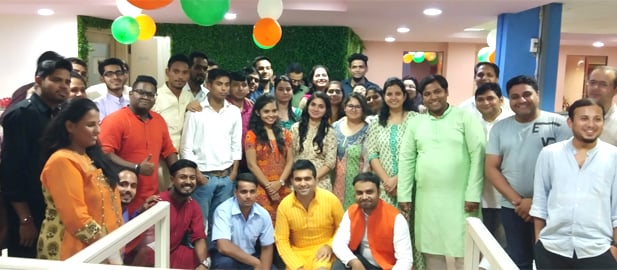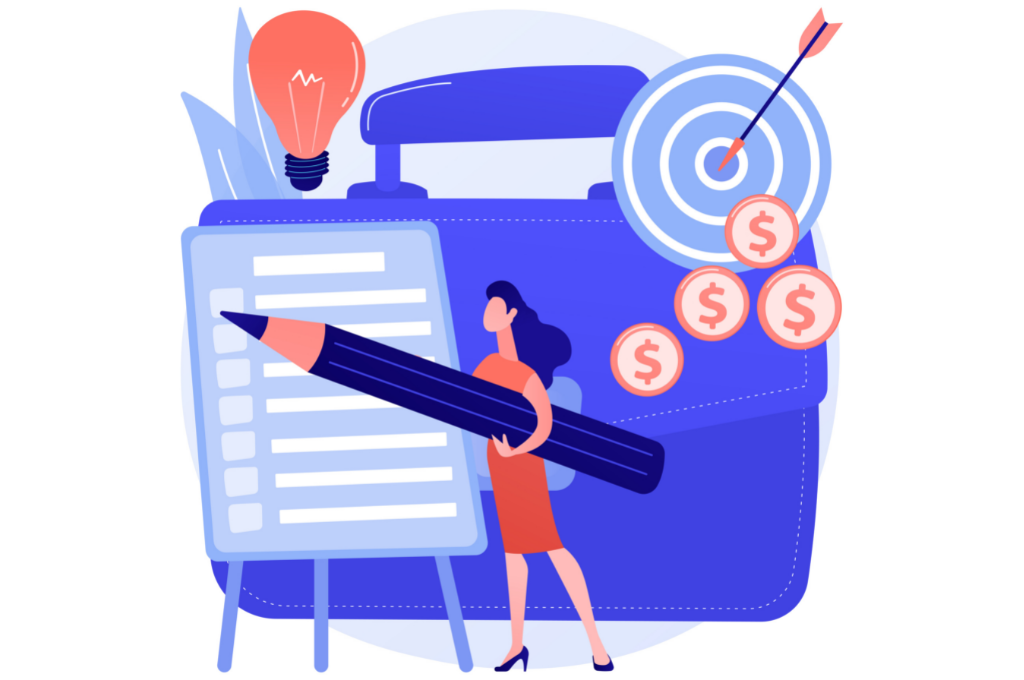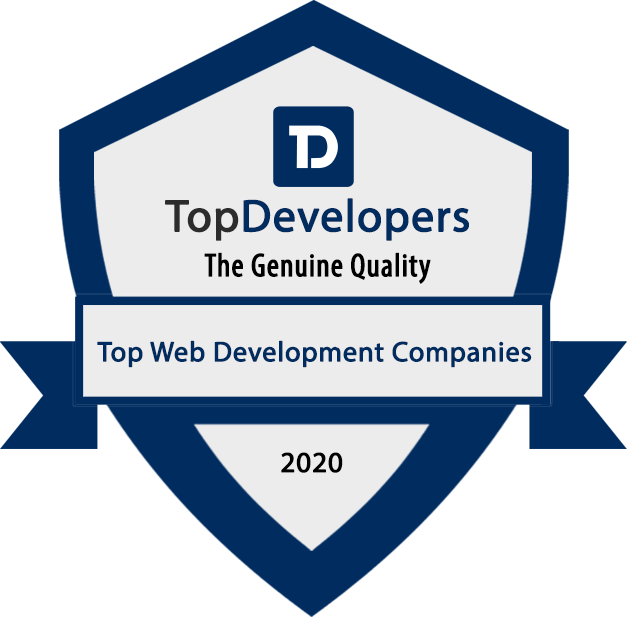In an era where technology evolves by the hour and customer expectations soar, designing a software MVP (Minimum Viable Product) isn’t just about launching quickly—it’s about launching smartly. A well-scoped MVP in 2025 demands razor-sharp focus on one core feature that delivers immediate value, supported by only 2 or 3 complementary capabilities that reinforce that value, without overwhelming users or development teams. This lean mindset—rooted in validated learning and lean startup principles—ensures that every feature is intentional, measurable, and tied to real user impact.
But the scope game has changed: today’s approaches tap into AI/ML‑driven analytics for real-time decision-making, leverage low-code/no-code prototyping for rapid iteration, and embrace modular, scalable architectures like serverless or microservices. Add to that modern demands around security, privacy, compliance, sustainability, and the realities of remote, distributed teams, and MVP scope becomes a strategic engineering endeavor.
Throughout this article, you’ll unpack a refreshed framework for defining and controlling MVP scope in 2025—from bold ideation to a resilient, validated launch. You’ll find actionable checklists, red‑flag warnings, and guidance on tapping Classic Informatics’ AI-powered services to support your MVP journey every step of the way.
Why MVP Scope Definition Needs a 2025 Refresh
The digital landscape today is packed with new paradigms: rapid tech adoption cycles, shifting regulatory environments, and increasingly astute users. Back when MVPs were first championed, limited competition, simpler compliance needs, and monolithic builds were the norm. But those conditions no longer hold.
Today, MVPs must balance immediate value delivery with future-proof adaptability. A lumbering build-and-launch model can leave you with technical debt, buggy launches, legal exposures, and missed momentum. What’s needed is a scoped approach that combines lean mindset with validated learning—launching fast, measuring deeply, and adapting swiftly.
This 2025 refresh reframes MVP scope as a strategic control mechanism—helping teams stay lean and nimble, prioritize iteratively, and avoid the pitfalls of premature scaling. It aligns developers, business stakeholders, and end-users around a shared understanding of “what matters most” in both short- and mid-term deliverables.
Core Principle: Start with One Core Feature
-
The Power of Singular Impact
By defining one tightly scoped core feature—something that addresses a specific pain point with clarity—you ensure every line of code, every UX decision, and every analysis relates back to that central value. Building slowly and learning quickly becomes feasible.
-
Focus Enables Faster Learning
A narrowly scoped MVP brings results into sharper focus: usage trends become easier to isolate, feedback loops tighten, and decision boundaries clarify. When you only have one feature, you can measure its impact far more accurately—gauge adoption, retention, and customer delight with minimal noise.
-
Completed Beats Complex
It's better to deliver one complete, polished feature than a suite of half-realized ones. Fully fleshed-out experiences generate stronger user trust signals, clearer pilot feedback, and better word-of-mouth.
This singular focus lays a strong foundation for future evolution—and helps teams avoid the scattered, diluted outcomes that often accompany feature overload.
Add Only 2–3 Complementary Features
-
Selective Amplification
Once your core feature is locked down, look for 2 or 3 complementary features that genuinely augment its utility—think notifications, with-sharing controls, simple analytics dashboards, or onboarding wizards. Each must serve a clear user journey tied to your core.
-
Yes to Utility, No to Bloat
Resist adding nice-to-have elements that don’t directly serve your core usage models (e.g., fancy user profiles, expansive settings pages) in the MVP. Documentation, toggles, and configuration pages add complexity and delay—without adding commensurate value.
-
Maintaining Product Cohesion
Too many features lead to fragmented UX, testing overhead, and maintenance burden. With only a handful of validated additions, you ensure a coherent user experience and maintain design and technical simplicity.
By carefully choosing supporting capabilities, you preserve the clarity and usability of your MVP while giving it enough breadth to test real-world engagement and adoption patterns.
Use AI/ML for Real-Time Scope Prioritization
-
Objective Data over Subjective Opinion
AI-powered analytics tools can process behavioral data—clicks, scrolls, session duration, drop-off points—and surface which features are capturing user attention, which are causing frustration, and what flows generate the most lift.
-
Predictive Prioritization
Instead of relying on gut feelings, machine-learning models can predict which upcoming features will impact core metrics like activation, retention, or revenue. A customer wanting recommendations? Let the model tell you if it's worth fast-tracking.
-
Semantic Analysis of Feedback
Natural Language Processing (NLP) tools scan open-ended user feedback—reviews, support tickets, survey responses—and highlight emerging pain points or interest areas. Suddenly, scope decisions are backed by both usage and sentiment signals.
With AI intelligence driving prioritization, your team can adapt feature scope proactively—maximizing impact and minimizing wasted effort.
Build Fast with Low-Code, No-Code, and Prototypes
-
Prototype in a Matter of Days
Low-code/no-code platforms like Bubble, Webflow, or Figma’s interactive components let you model user flows and layouts without backend coding. Within days, you can test usability, flow comprehension, and overall interest.
-
User-Centric Feedback Early
Interactive prototypes enable real users to “feel” the MVP’s promise—without waiting for code. Feedback becomes early, tangible, and richly informative. You can flip UIs, test funnel steps, and gauge initial interest before writing a single line.
-
Targeted Coding Around Validation
Once a prototype is validated, only the features that pass the test get coded fully—along with backend logic. This ensures that every engineering effort is justified by user signal, not assumption.
By prototyping first and engineering second, you save time, focus development, and reduce tech overhead.
Architect for Scale: Serverless, Modular Monolith, Microservices
-
Serverless for Lean Simplicity
If you're building an MVP with spiky usage (e.g., registration bursts, API hits, webhook triggers), serverless functions (AWS Lambda, Azure Functions) can autoscale while eliminating base infrastructure overhead.
-
Modular Monolith for Early Cohesion
In scenarios where a simple relational database and well-structured backend suffice, a monolithic architecture segmented into functional modules (e.g., core logic, notifications, analytics) can be efficient and maintainable.
-
Microservices for Complex Futures
If your MVP roadmap anticipates multiple teams, independent versioning, or differentiated scaling needs, microservices give you deployment autonomy and independent scaling—but they require strong coordination strategies and observability practices.
Key factors that should guide architecture selection are team size, release velocity, expected usage volume, and future feature dependencies. Whichever path you choose, clearly designed modules, integrated logging, metrics, and automated test suites ensure your scope remains resilient to change.
Agile Collaboration in Remote and Distributed Teams
-
Shared Purpose, Synchronized Delivery
Define sprint goals tied explicitly to MVP scope—what feature story is being completed, what validation milestone is being measured. Agile artifacts (backlogs, kanban boards, burndown charts) keep scope visible to every stakeholder.
-
CI/CD for Seamless Iteration
Integrate Continuous Integration and Continuous Delivery pipelines from the start. Every code commit can be built, tested, and deployed to a staging environment, allowing rapid feedback, quality assurance, and incremental validation.
-
Effective Communication Protocols
Use structured stand-ups (aligned to time zones), async updates (via chat threads, video summaries), and clear “What’s Done / Done Done” definitions. This ensures scope decisions and progress are visible and understood across distributed teams.
These agile practices remove friction from feature delivery, reduce misunderstandings, and ensure scoped work is completed with high fidelity and collaboration.
Bake in Security, Privacy, Compliance & Sustainability Early
-
Security as a Given
Integrate baseline security—such as TLS encryption, authentication, access controls—into your MVP from day one. A rushed release without security can lead to costly patches, vulnerabilities, or compliance lapses.
-
Regulatory Readiness
Enforce privacy-by-design: data minimization, user consent flows (GDPR, CCPA), and audit logging. Even MVPs must prepare for regulatory scrutiny. Tools like OneTrust or PrivacyTools can embed compliance checks into development.
-
Sustainability via Resource Efficiency
Opt for “green” architecture: serverless functions that spin down, efficient database indexing, minimized idle resources. Track your carbon footprint with tools like Cloud Carbon Footprint. These practices reduce costs and align with sustainability goals.
-
Automated Threat Modeling
Use lightweight risk assessments (e.g., STRIDE, OWASP Top 10) early to identify scope areas that introduce security or privacy concerns. Build in remediation mechanisms before they become unsafe shortcuts.
Embedding these disciplines early ensures your MVP isn’t just viable—it’s trustworthy, compliant, and built to endure.
Scope Enhancers: When to Add AR/VR, Blockchain, IoT & More
-
AR/VR for Immersive Use Cases
If your domain is retail, real estate, or design, augmented reality might amplify user discovery (e.g., 3D visualization). But only prototype it if it ties to your validated MVP value proposition.
-
Blockchain for Immutable Records
In industries like supply chain, fintech, or certification, blockchain delivers trust and auditability. However, only weave it into MVP scope if data immutability is core to your value, and only as a module you can toggle off.
-
IoT & Edge for Physical Integration
IoT and edge computing can bridge software to hardware (wearables, BLE sensors). Only include if your MVP directly requires physical interaction, and only if the use case supports incremental prototyping.
-
Containers & DevOps for Portability
Containers (Docker, Kubernetes) and DevOps pipelines aren’t features—but if your product roadmap anticipates frequent iteration, multi-cloud support, or team scaling, they ease scope growth and infrastructure reliability.
These emerging tech options are powerful—but they should be scoped as optional, modular enhancements—enabled only when they support your validated core value and can be turned off without destabilizing the product.
Guardrails Against Scope Creep
-
Documentation as a Truth Source
Maintain a centralized repository (e.g., Confluence, Notion, scoped here) where feature cards include problem statements, hypotheses, and success criteria—linked to core metrics.
-
Metrics-Driven Change Control
Evaluate new feature ideas based on measurable impact: “Will this increase DAU by X%?” or “Will this reduce churn by Y%?” If the hypothesis is weak or untested, defer.
-
Formal Gate Reviews
Any change to scoped features should go through a lightweight gate: product owner review, AI-prioritization tool run, exec sign-off. This prevents siloed expansion and misaligned delivery.
-
Biweekly Scope Checkpoints
Every two weeks, re-check scope alignment against learnings. Are baseline assumptions still valid? Is any feature dragging time or creating risk? Scope should adapt or stay firm—never drift accidentally.
With these guardrails, your MVP scope becomes intentional and maintainable—shielded from scope creep while still open to validation-fueled refinement.
MVP Scope Checklist for 2025
-
🎯 Define one core feature
Create a hypothesis and target metric (e.g., “User completes onboarding in under 3 minutes”)
-
🔍 Select 2–3 complementary features
Tie them directly to user flow or engagement goals
-
🤖 Apply AI/ML analytics
Integrate behavior and sentiment tools to guide prioritization
-
✏️ Prototype selected flows
Build with low-code/no-code and test within one week
-
🛠️ Choose architecture style
Decide serverless, modular monolith, or microservices based on scope vision
-
📡 Implement CI/CD from sprint one
Set up pipelines, staging environments, automated tests
-
🔐 Apply baseline security and privacy controls
Include authentication, encryption, data minimization
-
🌱 Factor in sustainability
Use efficient compute and measure carbon footprint
-
🚀 Develop optional modules carefully
Only AR/VR, blockchain, IoT if they tie directly to scope hypothesis
-
📋 Set up change control and metrics dashboard
Track scope additions, approvals, and impact scorecards
-
🚩 Be alert to red flags
Watch for feature drift, delayed launch, maintenance overhead
-
↩️ Assess scope every sprint
Adapt based on validated learning—not assumptions
This checklist is your ally—keeping MVP scope sharp, aligned, and ready for growth or redirection.
Rethink Your MVP Approach with Confidence
Software innovation is no longer a race to feature parity—it’s a matter of precision and validation. By starting with one core feature, augmenting only what matters, and iterating based on real data, you align your MVP with genuine user value. AI/ML insights and low-code prototypes speed up feedback loops. Flexible architectures and CI/CD accommodate change without chaos. Prioritizing security, compliance, and sustainability ensures your MVP is responsible and resilient from day one. Optional modules let you innovate without distracting from core execution.
When scope feels sluggish or overwhelming, return to your checklist—hit pause, re-prioritize, and validate again. With this approach, your MVP becomes less of a “maybe product” and more of a finely tuned instrument for learning, delivering, iterating, and scaling.
Explore Classic Informatics AI‑Powered Services
-
AI‑Backed Requirements Engineering
We blend AI/ML analytics, churn prediction, and stakeholder workshops to crystallize a single high-impact MVP feature—with measurable targets and ROI projections built in.
-
Rapid Prototyping & Validation
Leveraging low-code/no-code platforms, our team builds interactive MVPs in days—conducting moderated or unattended user tests to validate comprehension, usability, and intention before coding starts.
-
Scalable, Secure Architecture Builds
Whether you’re going serverless, modular monolith, or microservices, we design for observability, testability, compliance, and resource efficiency from day one—so your product scales without sacrificing quality or budget.
-
Distributed Agile Delivery Cadence
We set up remote-friendly sprint rhythms, CI/CD pipelines, change control workflows, and governance systems that keep distributed teams aligned, delivering scoped work on time and on metric.
Let Classic Informatics be your guide—and partner—through the full MVP lifecycle. Together, we’ll bring purpose-built products to market faster, smarter, and prepared to scale.
Take the Next Step
Are you ready to shift your MVP scope from diffuse to decisive? Review your current roadmap—compare your features, architecture, prototyping process, and scope controls against the checklist above. If even one gap stands out—whether around AI analytics, prioritized prototyping, security readiness, or scope discipline—you may be leaving product potential on the table.
Classic Informatics is here to help you stay agile, data-informed, and ready for tomorrow’s demands. Let’s chat about how we can supercharge your MVP processes—so your next launch isn’t just viable—it’s viral.


























